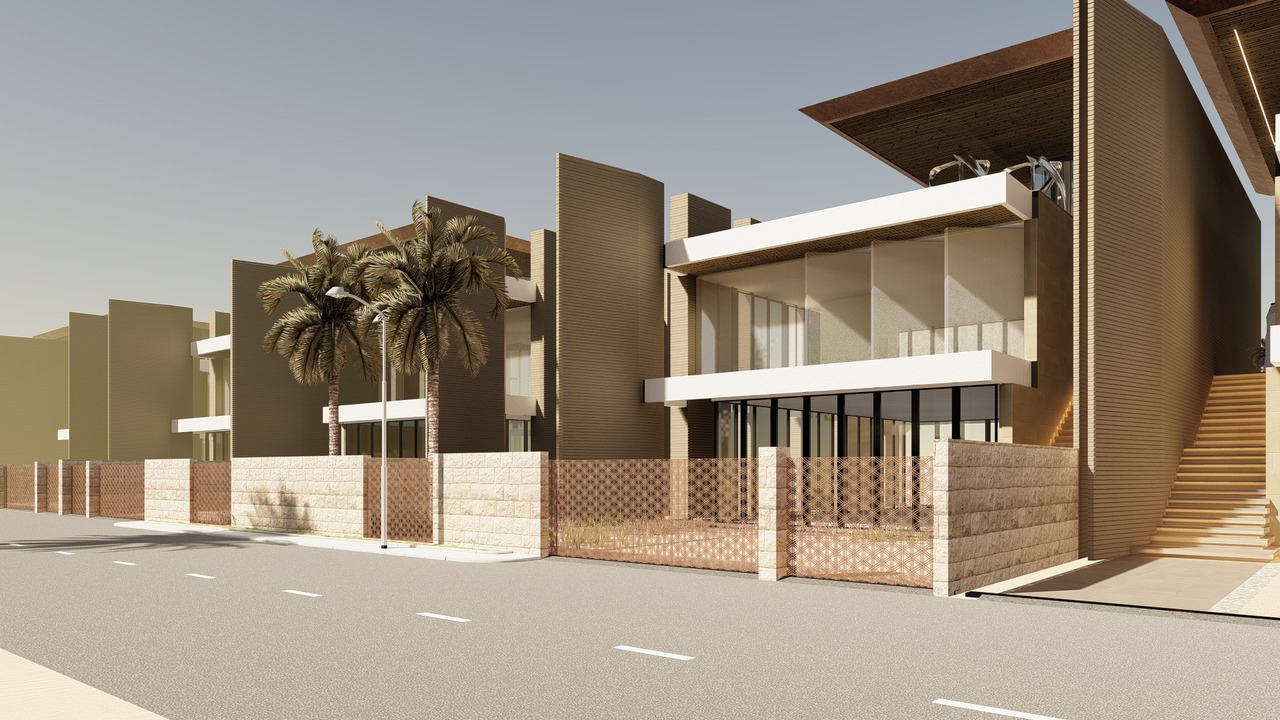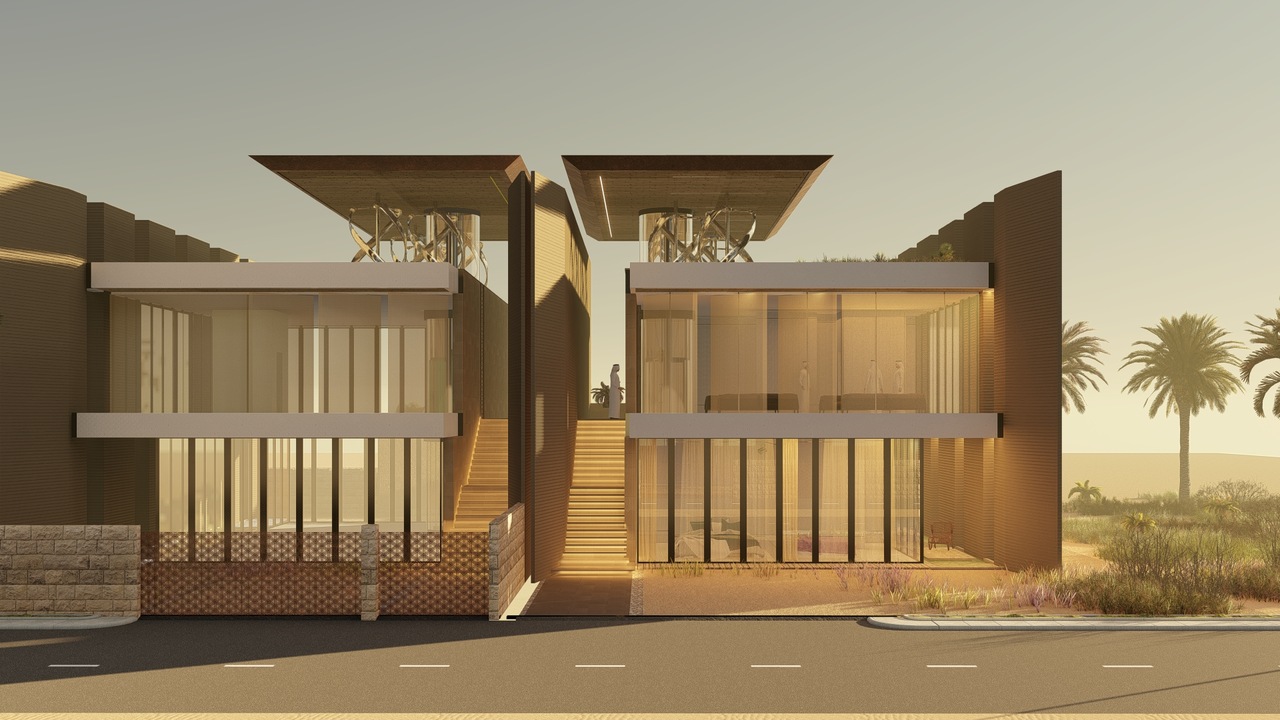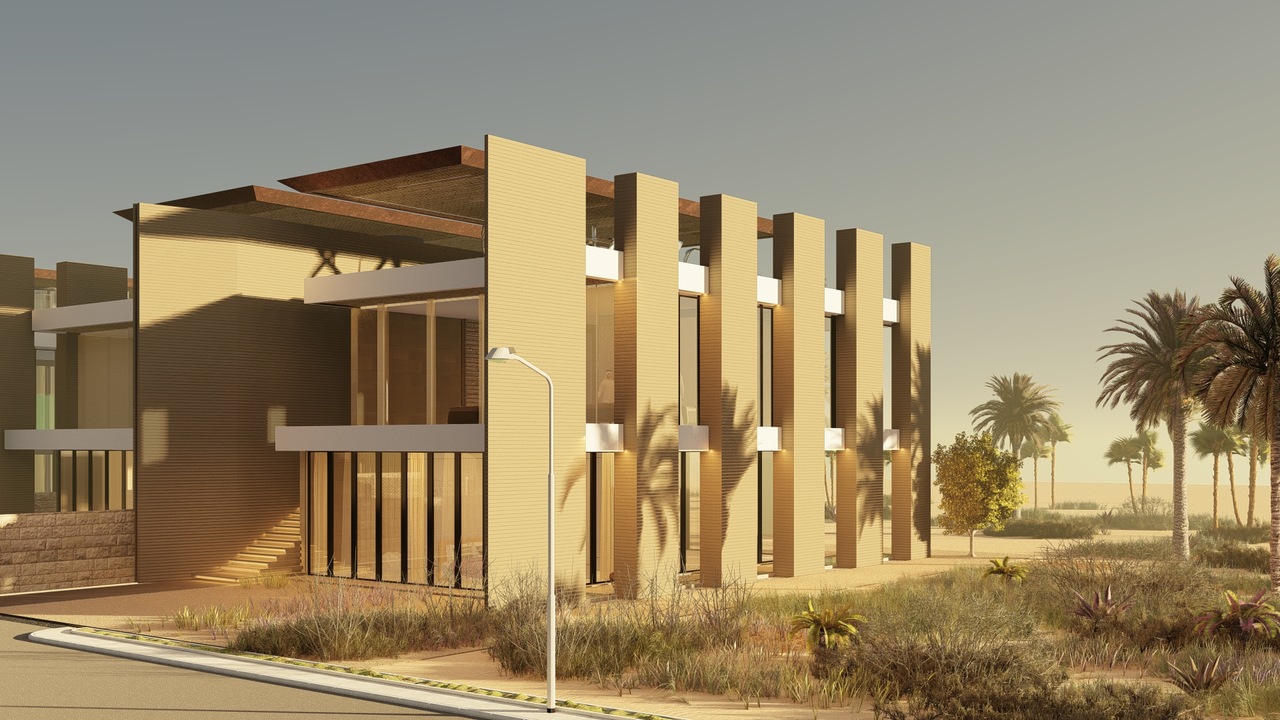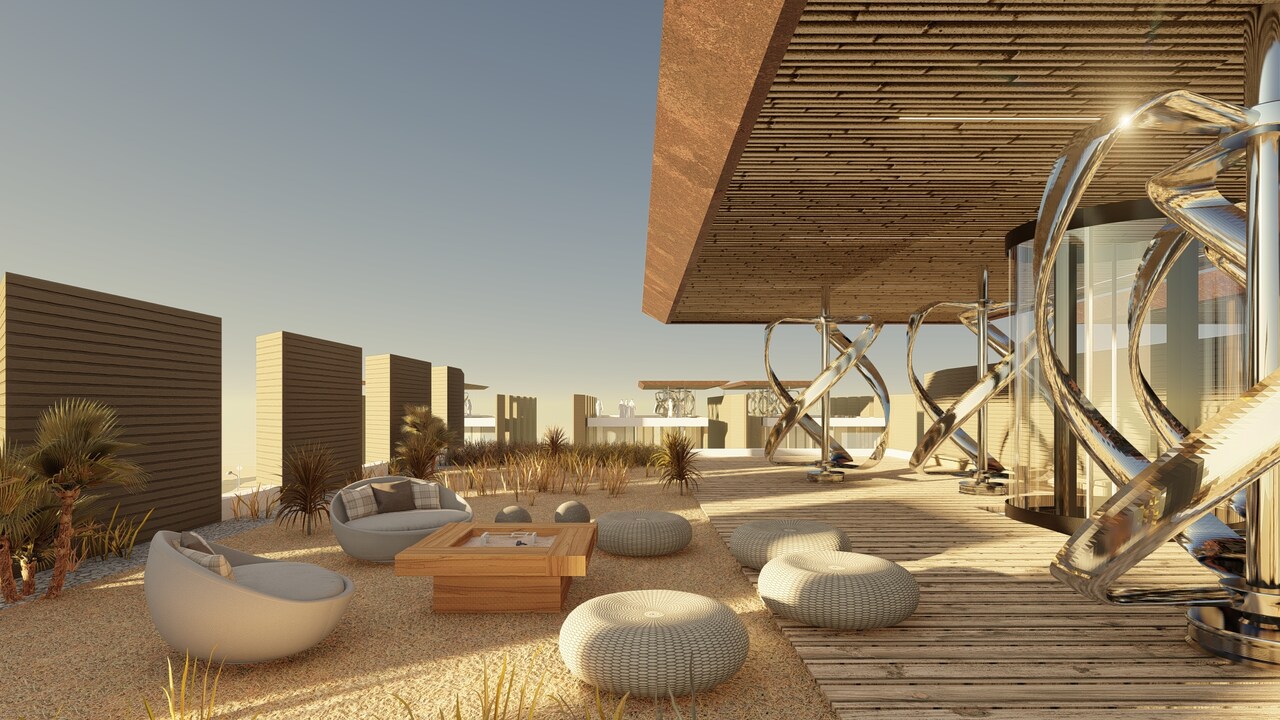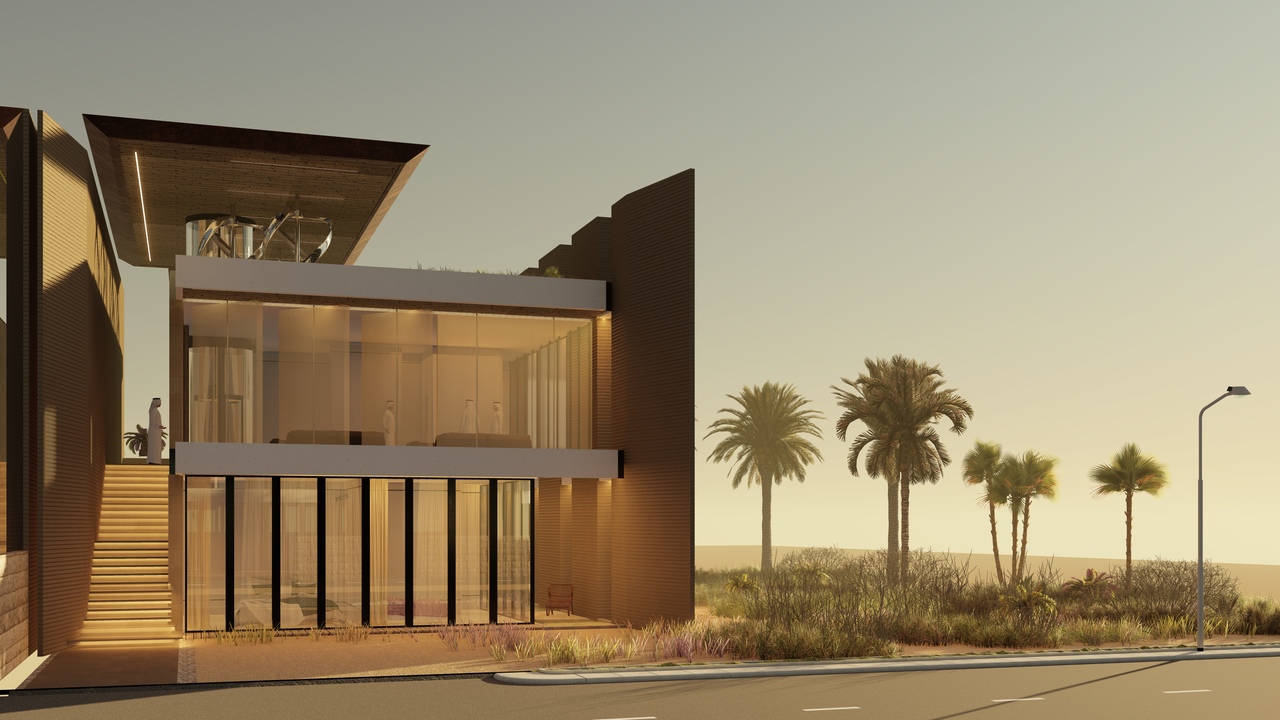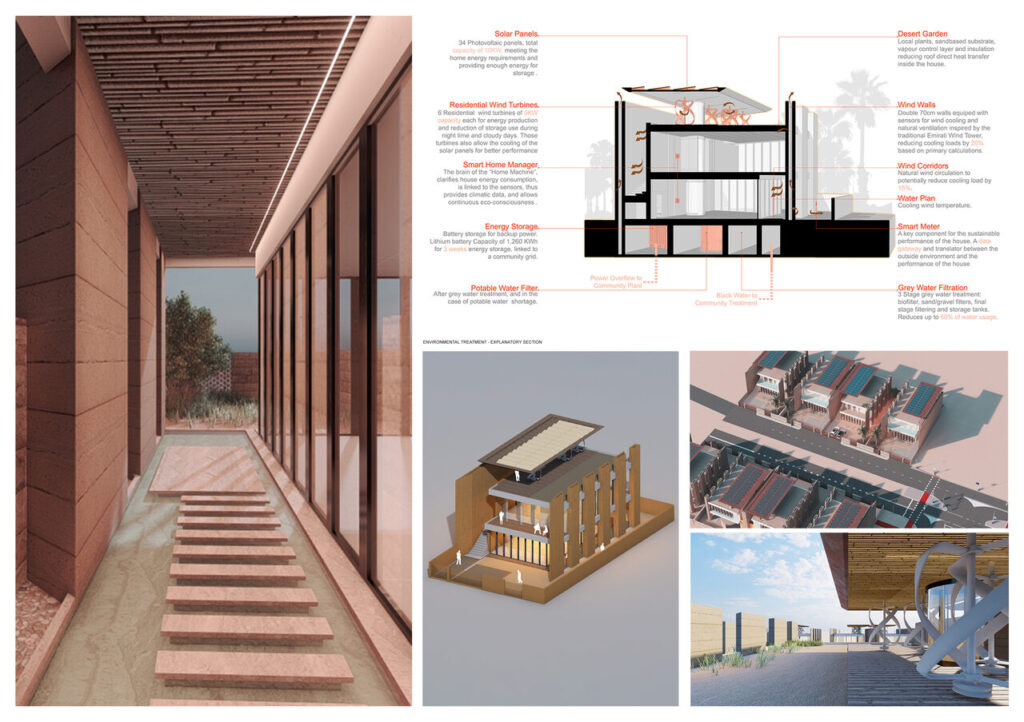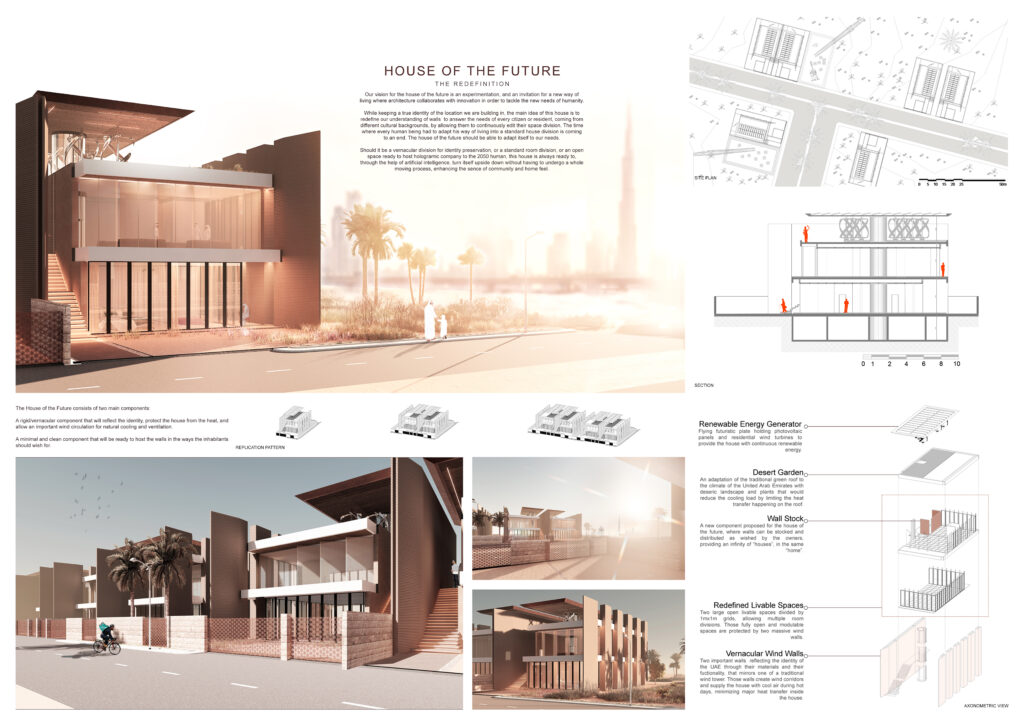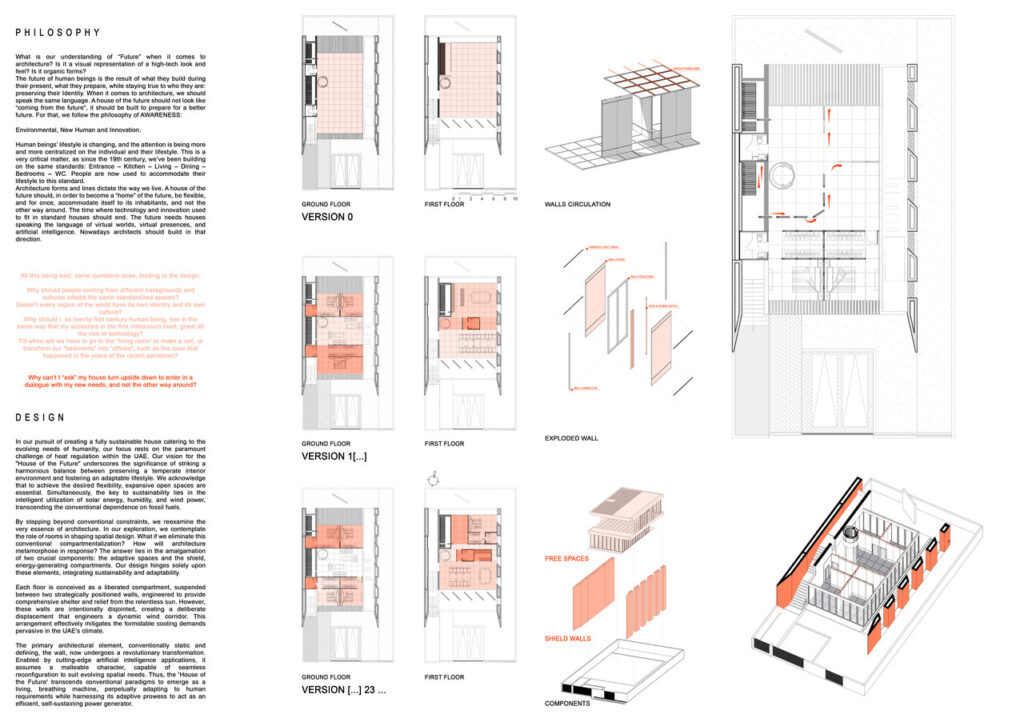What is our understanding of “Future” when it comes to architecture? Is it a visual representation of a high-tech look and feel? Is it organic forms?
The future of human beings is the result of what they build during their present, what they prepare, while staying true to who they are: preserving their Identity. When it comes to architecture, we should speak the same language. A house of the future should not look like “coming from the future”, it should be built to prepare for a better future. For that, we follow the philosophy of AWARENESS:
Human beings’ lifestyle is changing, and the attention is being more and more centralized on the individual and their lifestyle. This is a very critical matter, as since the 19th century, we’ve been building on the same standards: Entrance – Kitchen – Living – Dining – Bedrooms – WC. People are now used to accommodate their lifestyle to this standard.
Architecture forms and lines dictate the way we live. A house of the future should, in order to become a “home” of the future, be flexible, and for once, accommodate itself to its inhabitants, and not the other way around. The time where technology and innovation used to fit in standard houses should end. The future needs houses speaking the language of virtual worlds, virtual presences, and artificial intelligence. Nowadays architects should build in that direction.
All this being said, some questions arise, leading to the design:
Why should people coming from different backgrounds and cultures inhabit the same standardized spaces?
Doesn’t every region of the world have its own identity and its own culture?
Why should I, as twenty first century human being, live in the same way that my ancestors in the first millennium lived, given all the rise of technology?
Till when will we have to go to the “living room” to make a call, or transform our “bedrooms” into “offices”, such as the case that happened in the years of the recent pandemic?
Why can’t I “ask” my house turn upside down to enter in a dialogue with my new needs, and not the other way around?
In our pursuit of creating a fully sustainable house catering to the evolving needs of humanity, our focus rests on the paramount challenge of heat regulation within the UAE. Our vision for the “House of the Future” underscores the significance of striking a harmonious balance between preserving a temperate interior environment and fostering an adaptable lifestyle. We acknowledge that to achieve the desired flexibility, expansive open spaces are essential. Simultaneously, the key to sustainability lies in the intelligent utilization of solar energy, humidity, and wind power, transcending the conventional dependence on fossil fuels.
By stepping beyond conventional constraints, we reexamine the very essence of architecture. In our exploration, we contemplate the role of rooms in shaping spatial design. What if we eliminate this conventional compartmentalization? How will architecture metamorphose in response? The answer lies in the amalgamation of two crucial components: the adaptive spaces and the shield, energy-generating compartments. Our design hinges solely upon these elements, integrating sustainability and adaptability.
Each floor is conceived as a liberated compartment, suspended between two strategically positioned walls, engineered to provide comprehensive shelter and relief from the relentless sun. However, these walls are intentionally disjointed, creating a deliberate displacement that engineers a dynamic wind corridor. This arrangement effectively mitigates the formidable cooling demands pervasive in the UAE’s climate.
The primary architectural element, conventionally static and defining, the wall, now undergoes a revolutionary transformation. Enabled by cutting-edge artificial intelligence applications, it assumes a malleable character, capable of seamless reconfiguration to suit evolving spatial needs. Thus, the ‘House of the Future’ transcends conventional paradigms to emerge as a living, breathing machine, perpetually adapting to human requirements while harnessing its adaptive prowess to act as an efficient, self-sustaining power generator.
